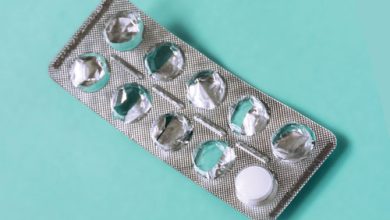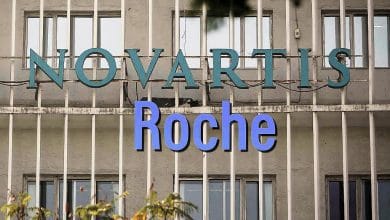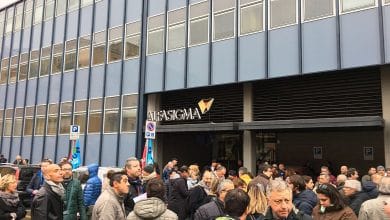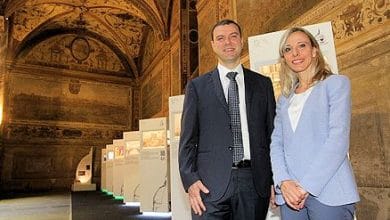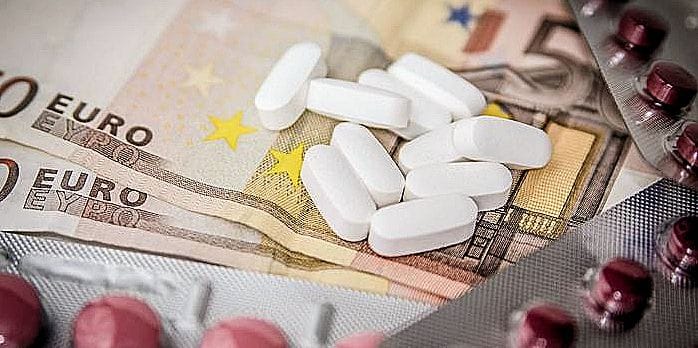
This is supported by an article published in The Lancet. In all, 21 experts worked for 2 years on the costs of 201 medicines. 13 to 25 dollars a year per person would be enough to guarantee them to everyone. However, still one country out of 5 does not get to 1 dollar a month.
by MAURIZIO PAGANELLI – 08 November 2016 – R.it
 LONDON – With a maximum of two dollars a month per person (that is, a cost between 13 and 25 dollars a year), access to the entire package of 201 essential medicines could be guaranteed in all countries. It is the result of the first cost analysis of the "WHO basket of essential medicines" conducted by a specific commission of the Lancet magazine made up of 21 international experts who worked for two years. In reality, today one country out of 5 in the world spends less than this amount per person each year on medicines and this demonstrates the need for a global intervention for basic and universal access to treatment. On the other hand, the world as a whole spends 8 times this amount per person on medicines, demonstrating the level of disparity and inequality that exists, argues the Lancet.
LONDON – With a maximum of two dollars a month per person (that is, a cost between 13 and 25 dollars a year), access to the entire package of 201 essential medicines could be guaranteed in all countries. It is the result of the first cost analysis of the "WHO basket of essential medicines" conducted by a specific commission of the Lancet magazine made up of 21 international experts who worked for two years. In reality, today one country out of 5 in the world spends less than this amount per person each year on medicines and this demonstrates the need for a global intervention for basic and universal access to treatment. On the other hand, the world as a whole spends 8 times this amount per person on medicines, demonstrating the level of disparity and inequality that exists, argues the Lancet.
The report. The Lancet paper, presented at the journal's London headquarters today, comes 30 years after the Nairobi Conference on the Rational Use of Medicines. The definition of essential medicines, according to the World Health Organization, is the set of medicines useful for the priority needs of the population. 201 have been recognized by the WHO (378 different products) and the list includes analgesics such as morphine, drugs for TB, HIV and malaria, or for chronic diseases such as insulin or for cancer, but also vaccines and contraceptives. Since 1999, the year in which it was awarded the Nobel Peace Prize, the NGO Doctors Without Borders launched the global campaign to allow all countries to have basic medicines. Access to affordable and quality medicines - the Lancet report says today, 17 years later - is an essential part of achieving the 17 millennium sustainable development goals (SDGMs) set by the United Nations for 2030. The recent scandal US inflated prices for epinephrine auto-injector (adrenaline against anaphylactic shock: cost $1 to make, sold for up to $300 per pen) as well as high prices for new life-saving hepatitis C drugs or failed development of new antibiotics to treat resistant infections – according to one of the chairs of the commission, Andy Gray, University of KwaZulu-Natal, Durban, South Africa – “demonstrate that access to safe, quality and affordable medicines is a global issue, basis for the development of universal health coverage.
Prices. According to the Report, the most recent estimates in low- and medium-developed countries say that on average the expenditure per person on medicines per year is equal to 8.6 dollars, while the Commission, based on the spread of diseases and the prices of medicines he calculated that between 12.9 and 25.4 dollars a year would be enough in these countries to cover the needs of essential medicines for the entire population. It is clear that there is a gap that needs to be filled. As a comparison, even provocatively, the Commission reports that the total expenditure on medicines in the world for 2017 is estimated to be 1.2 trillion dollars.
 ( … continue on R.it of 08 November 2016)
( … continue on R.it of 08 November 2016)
Related news: essential medicines

